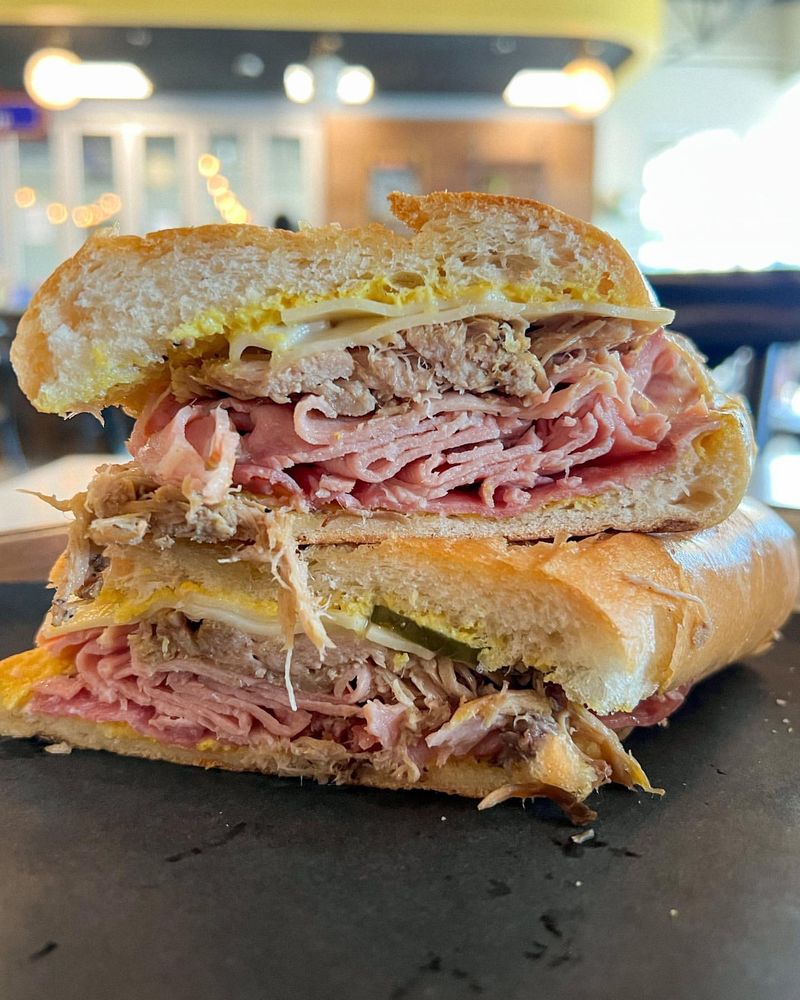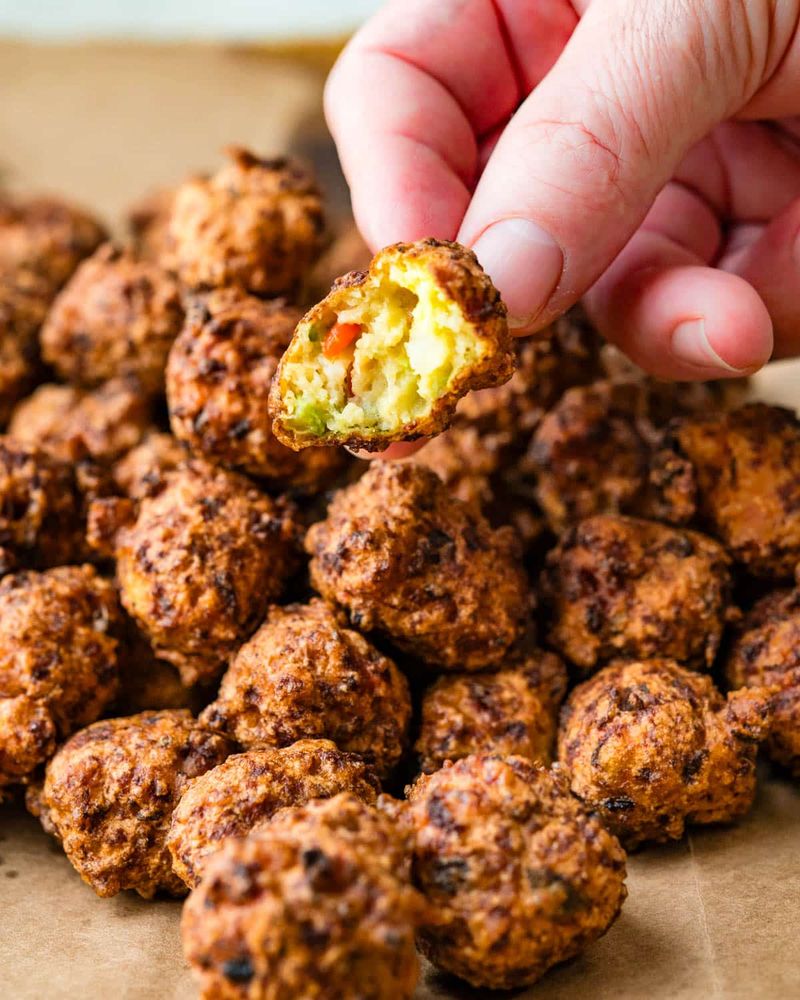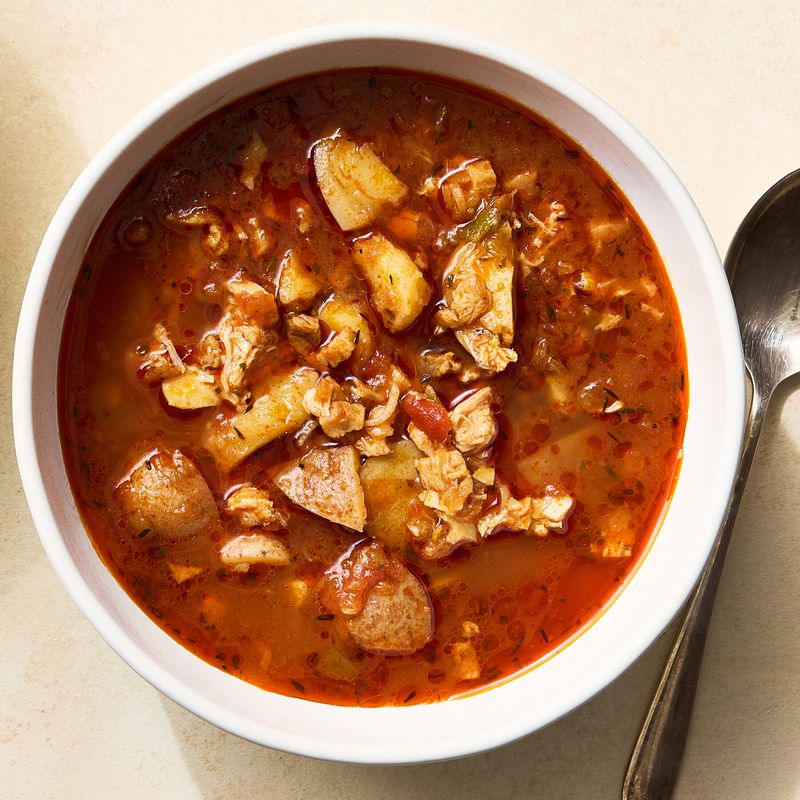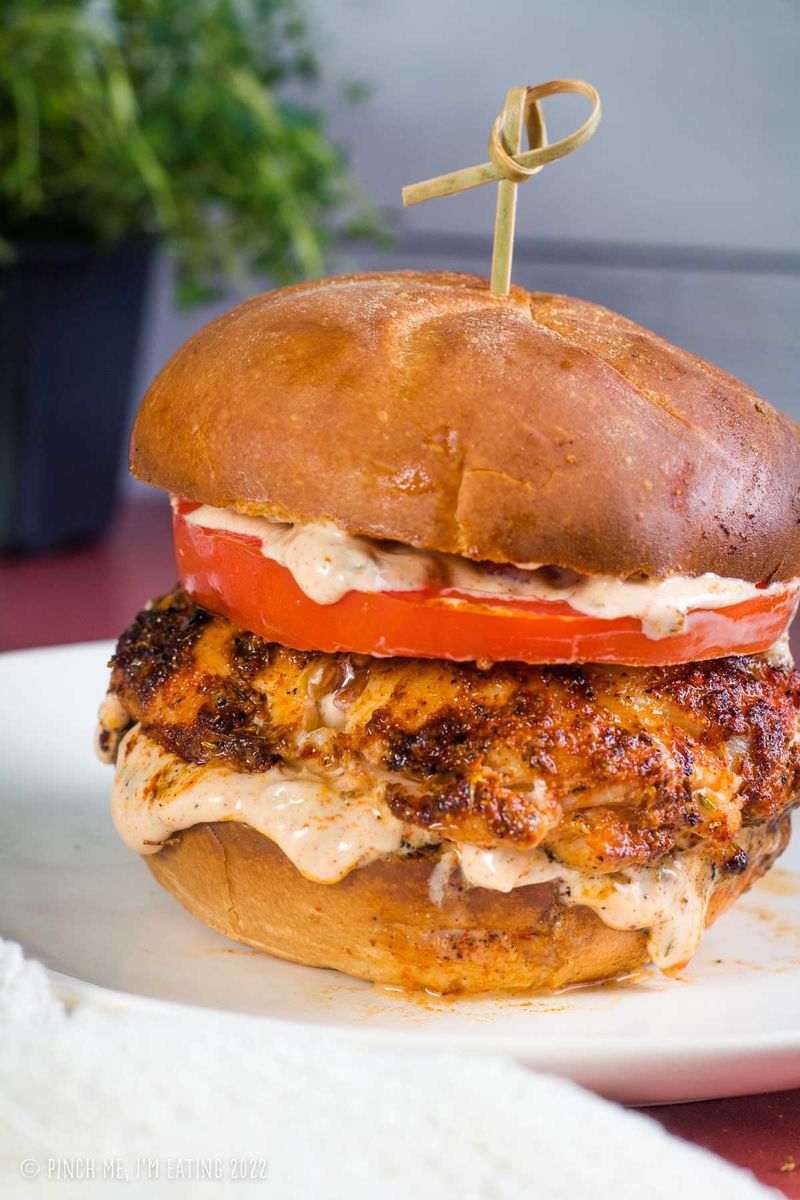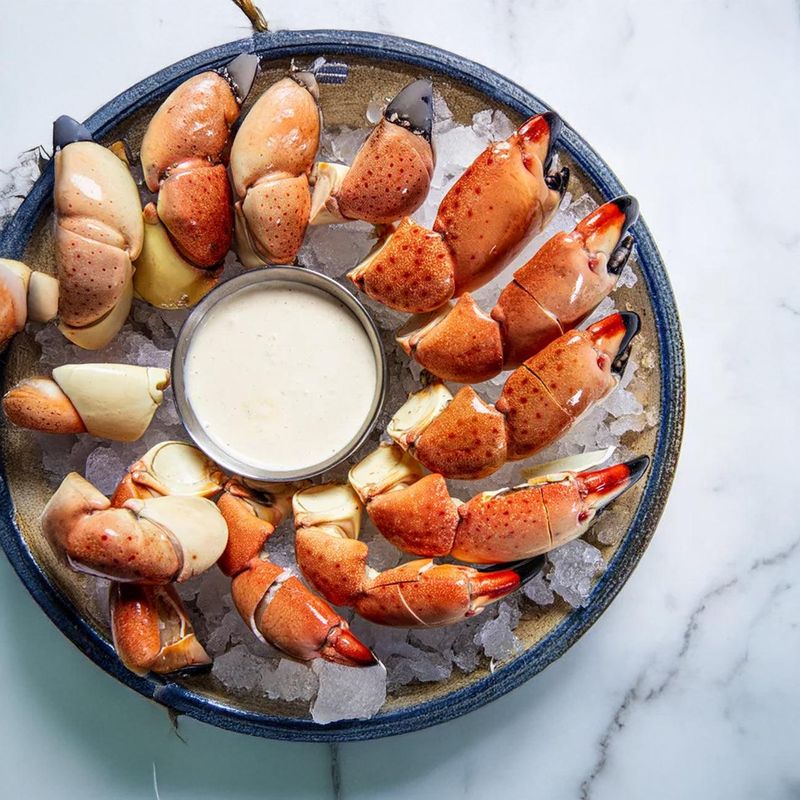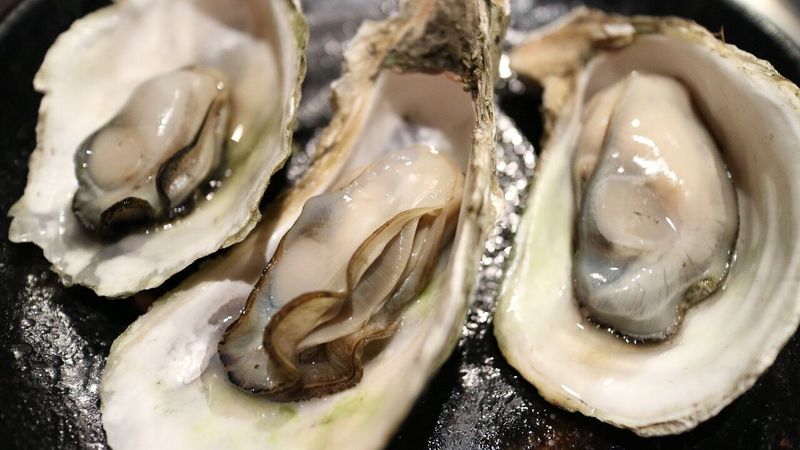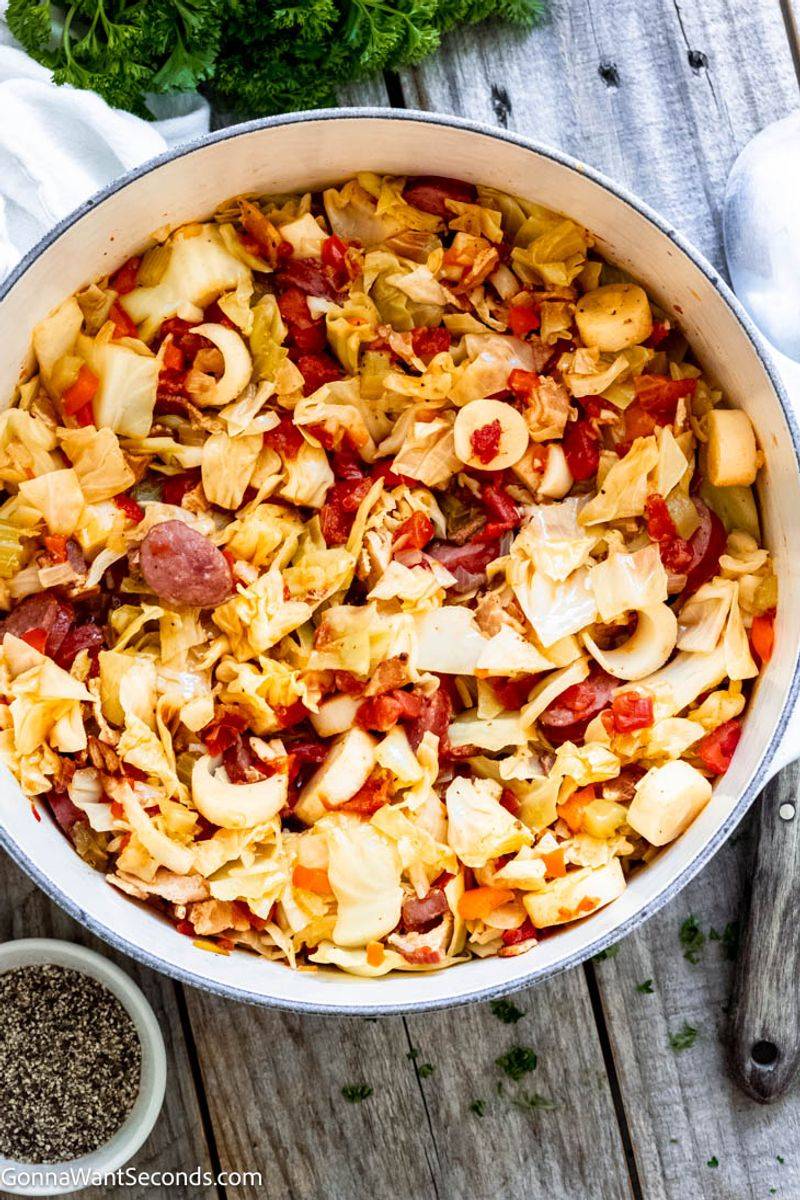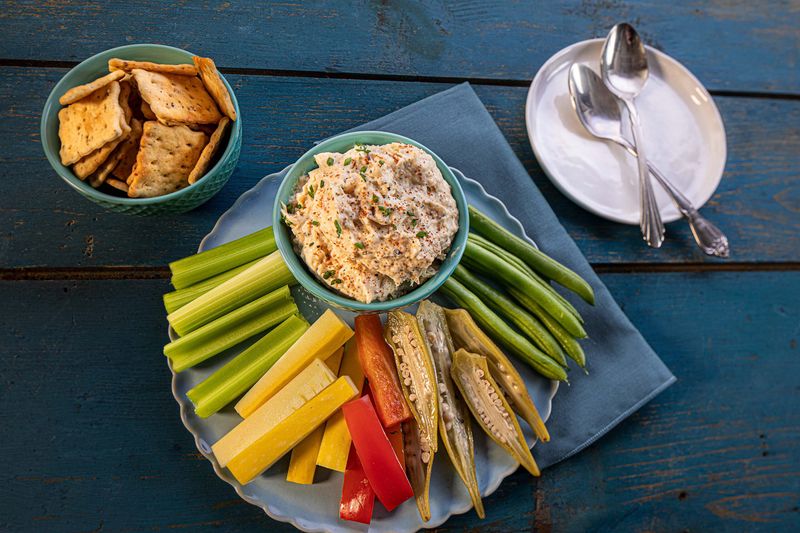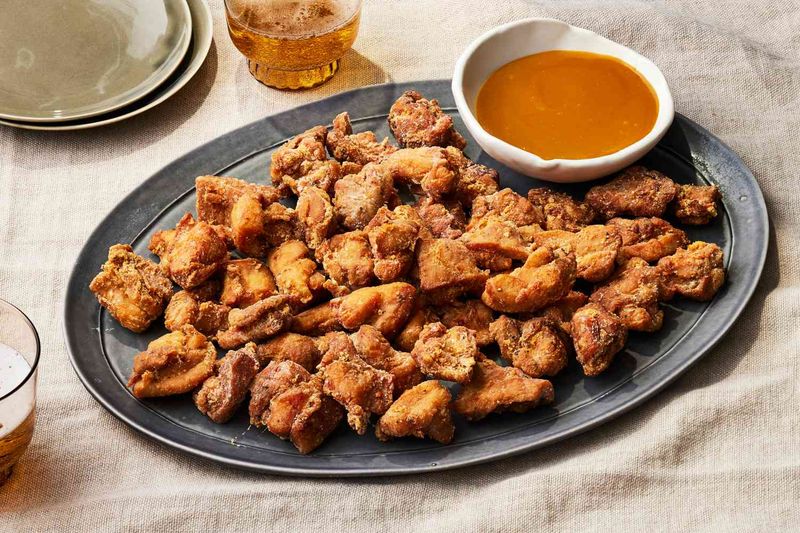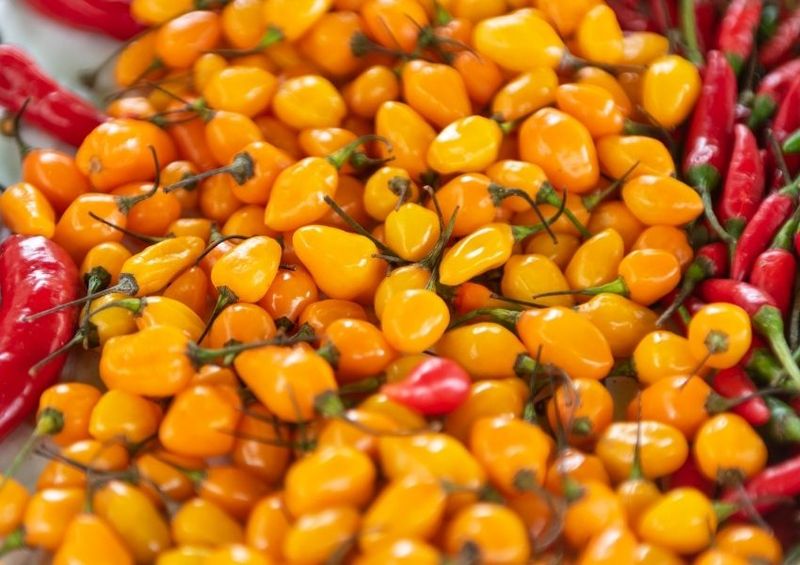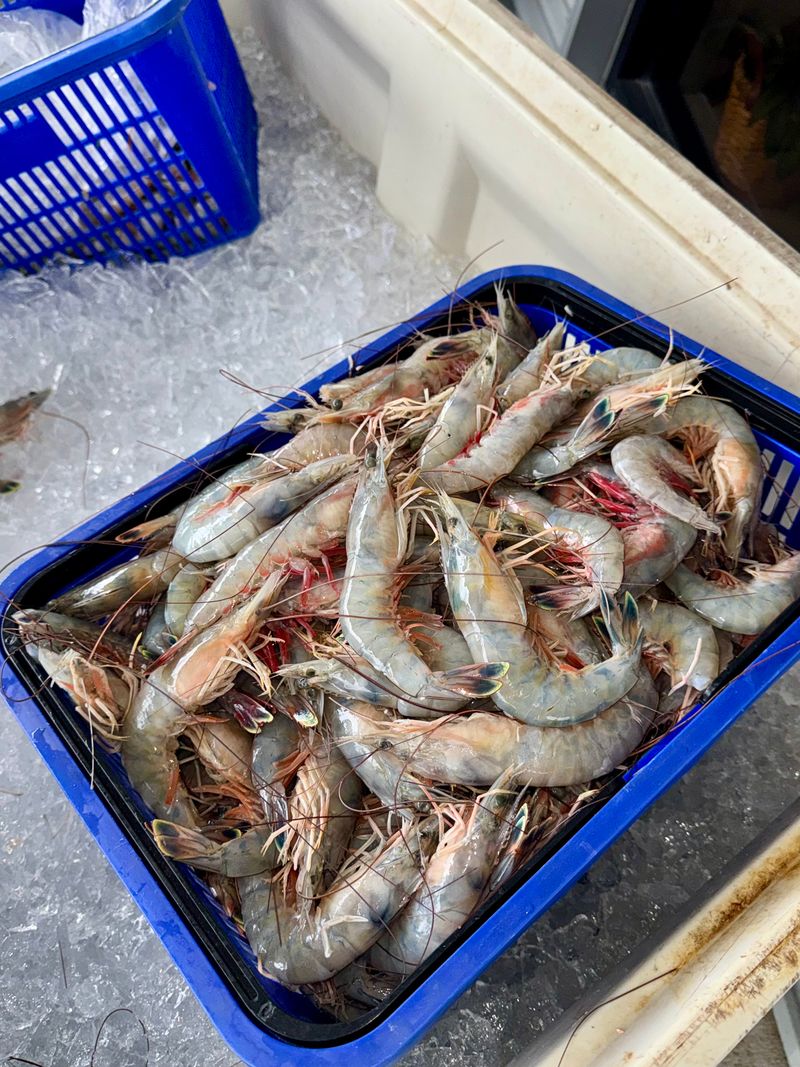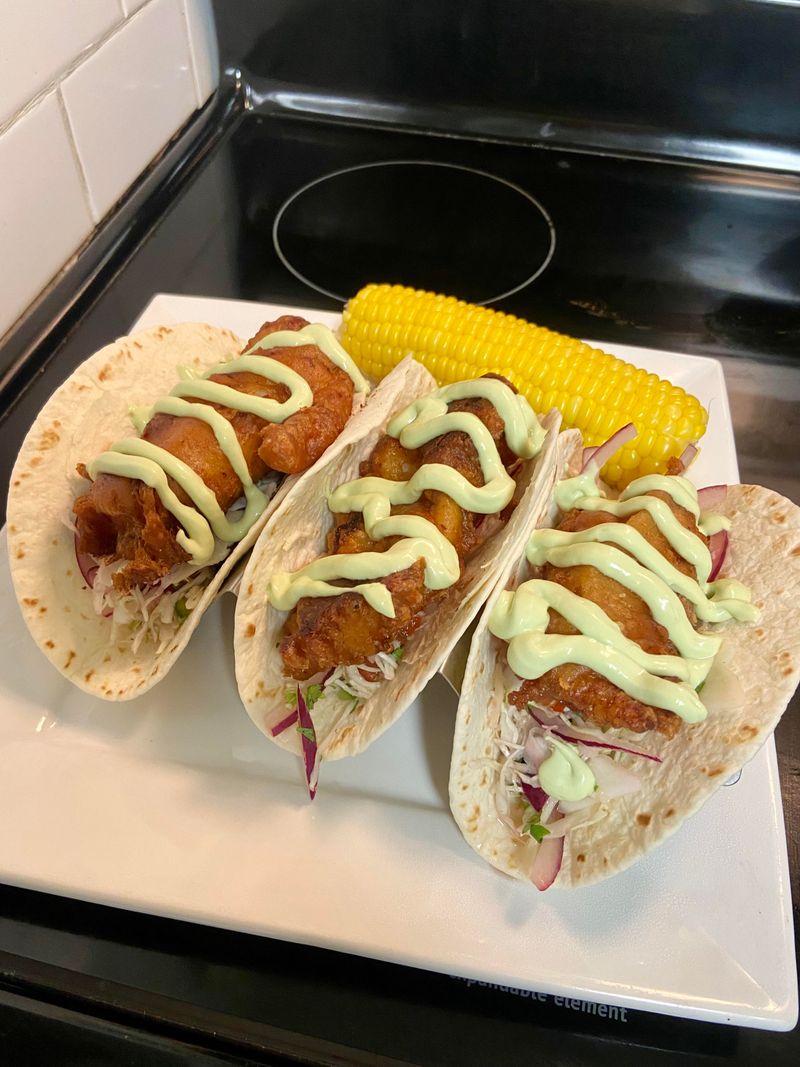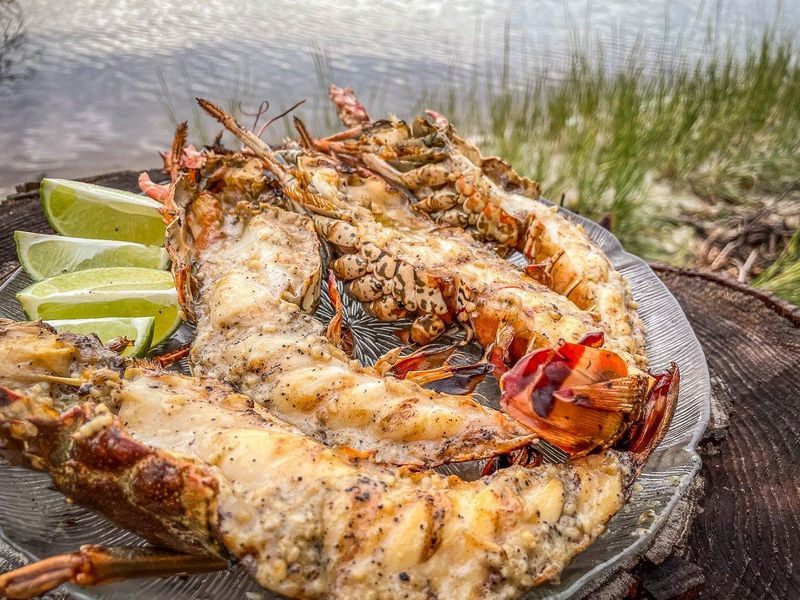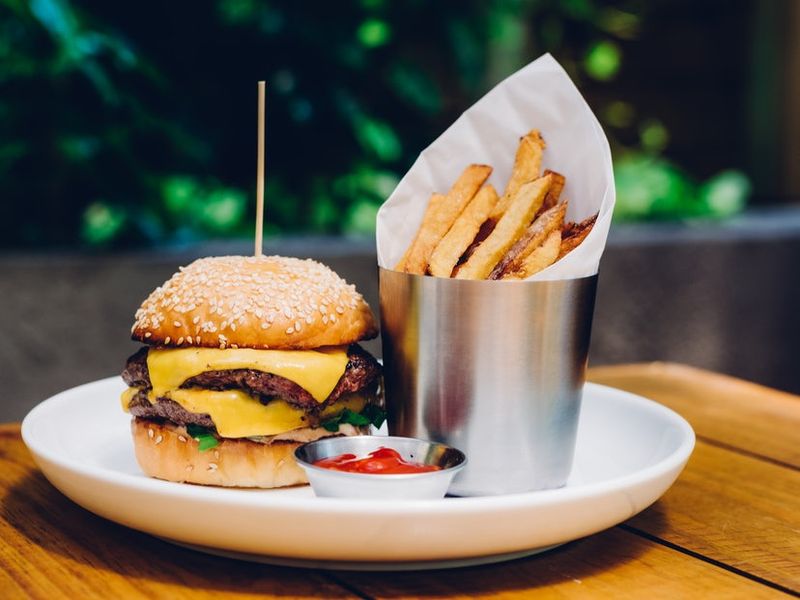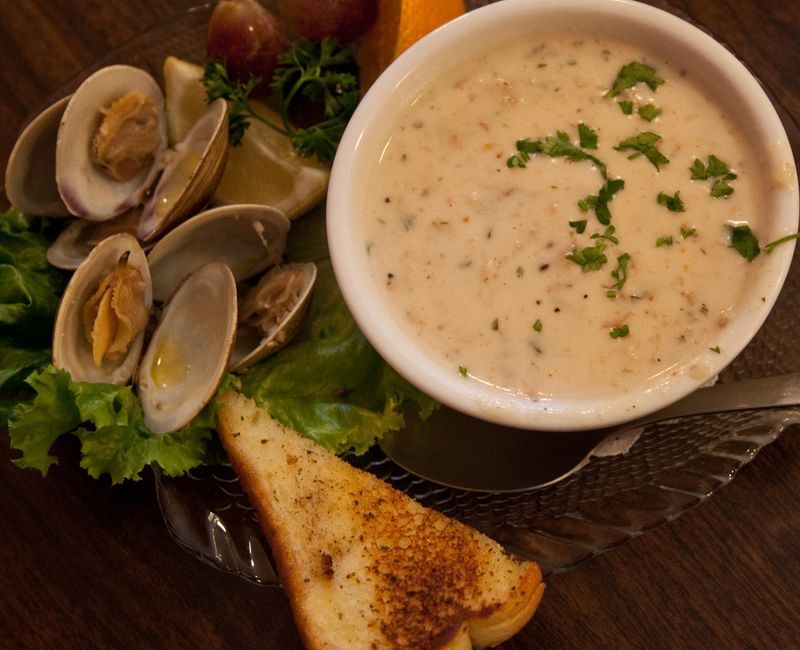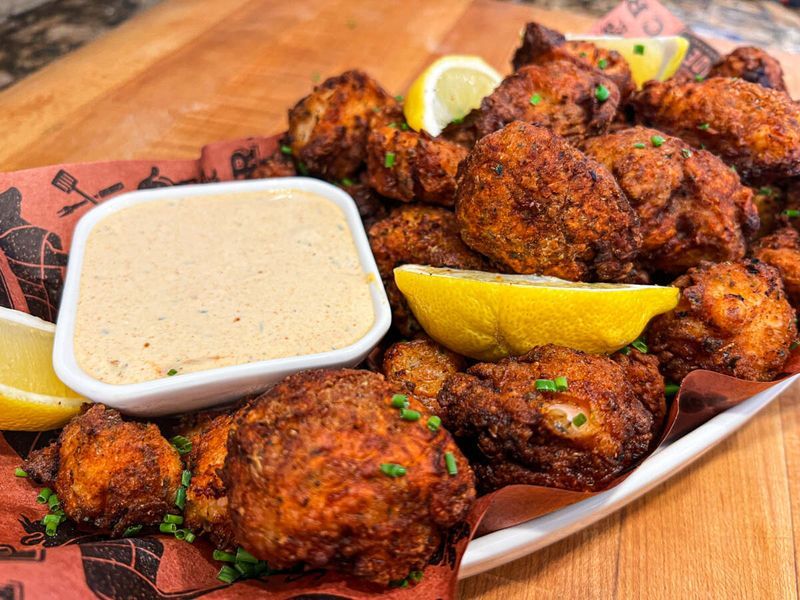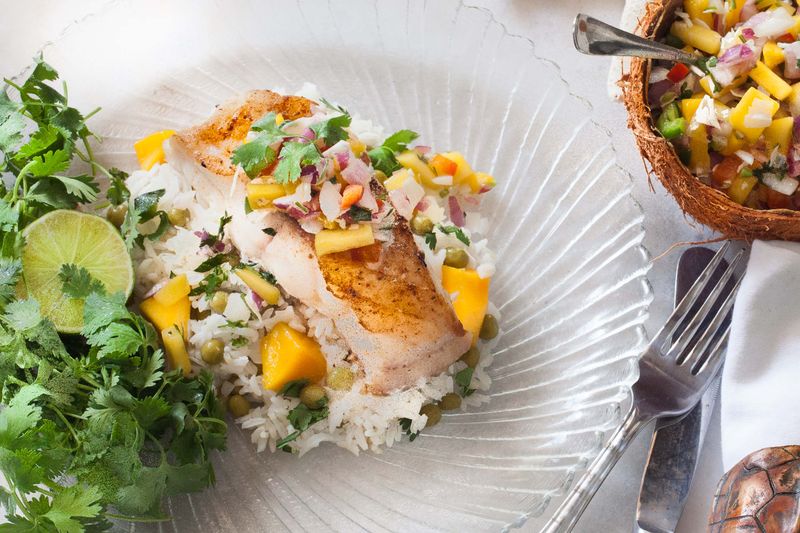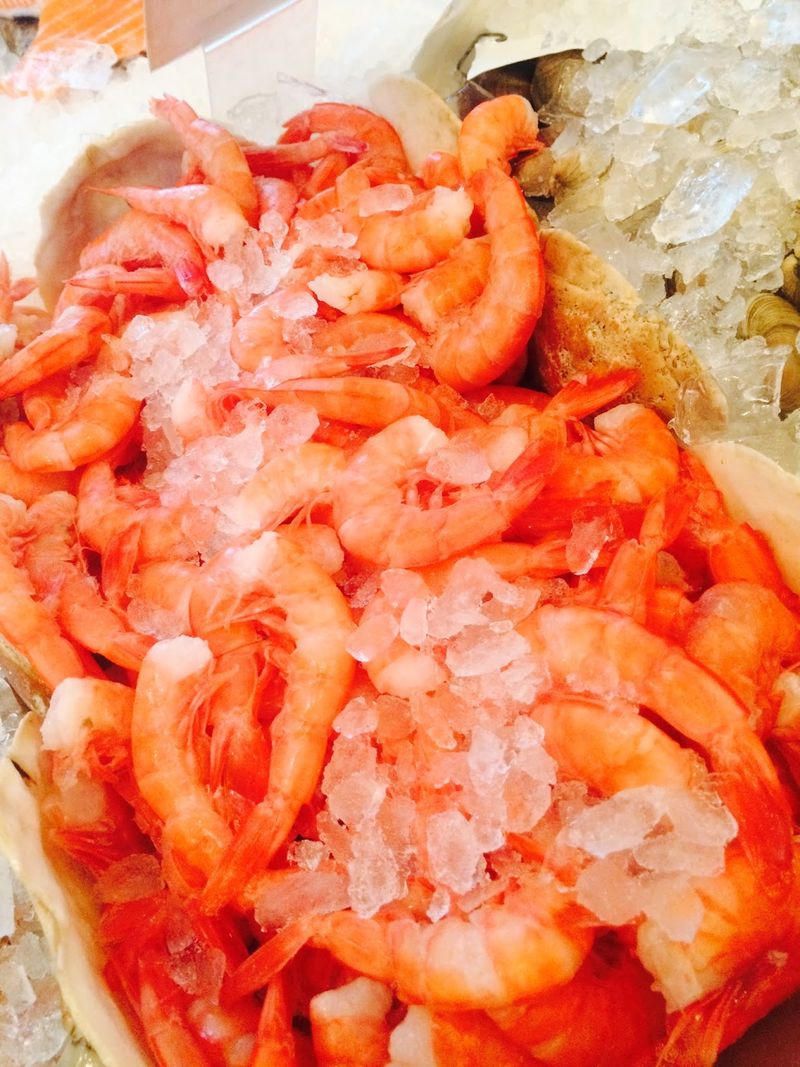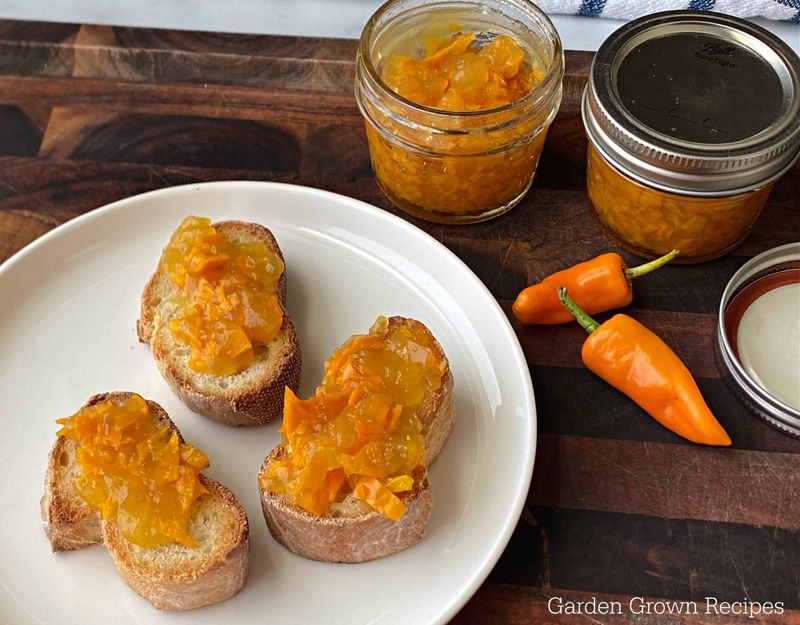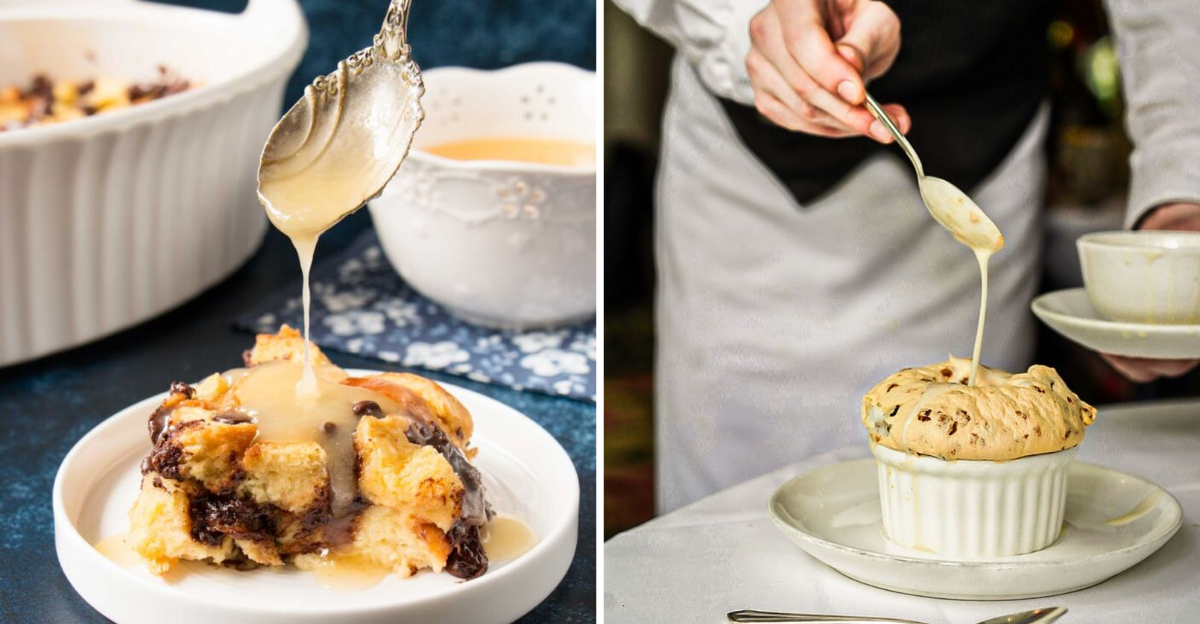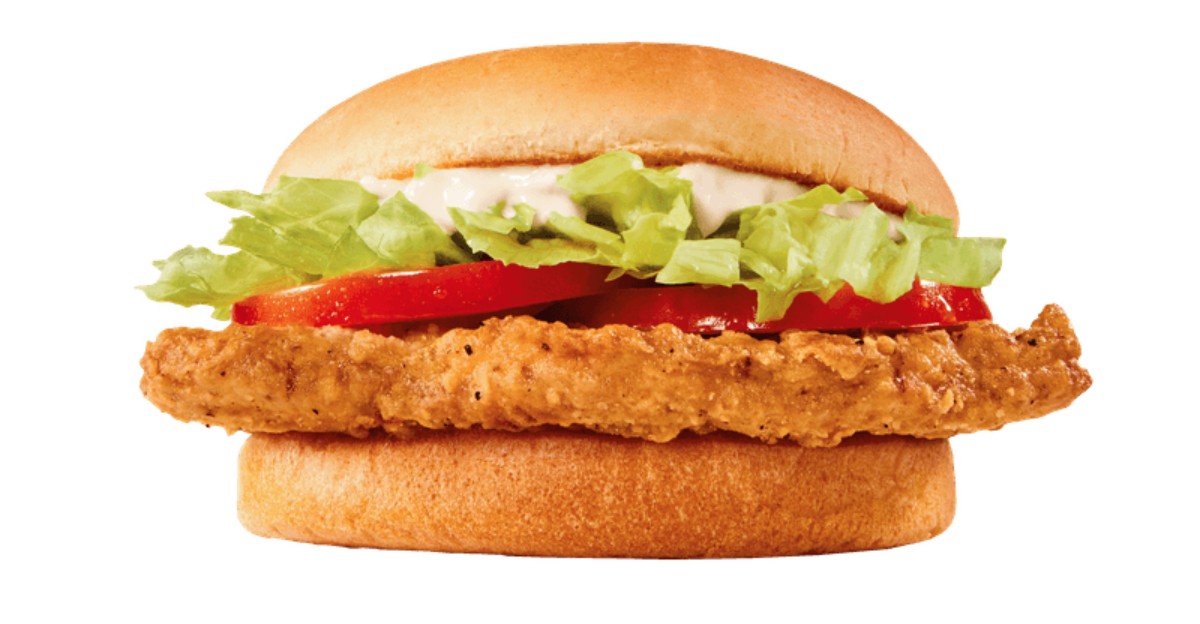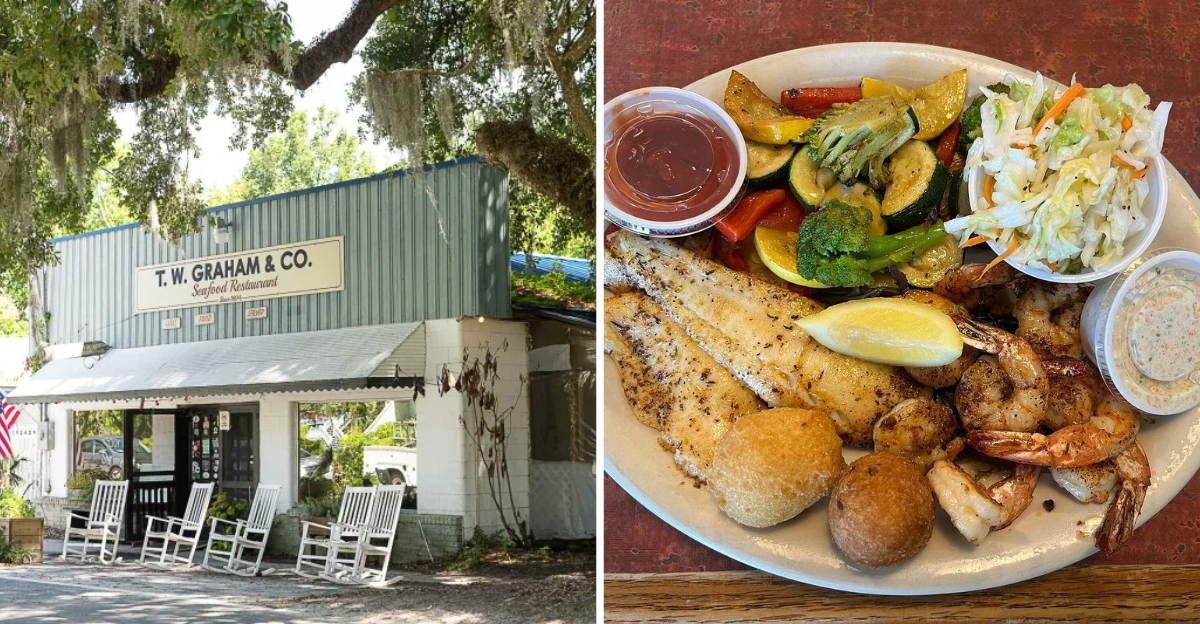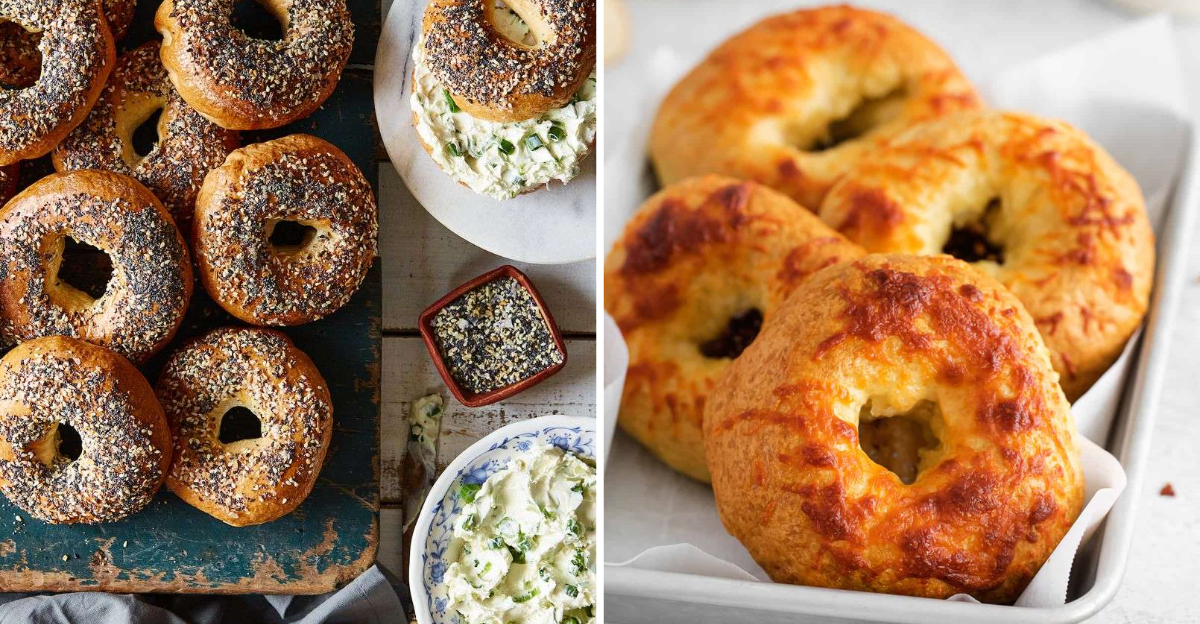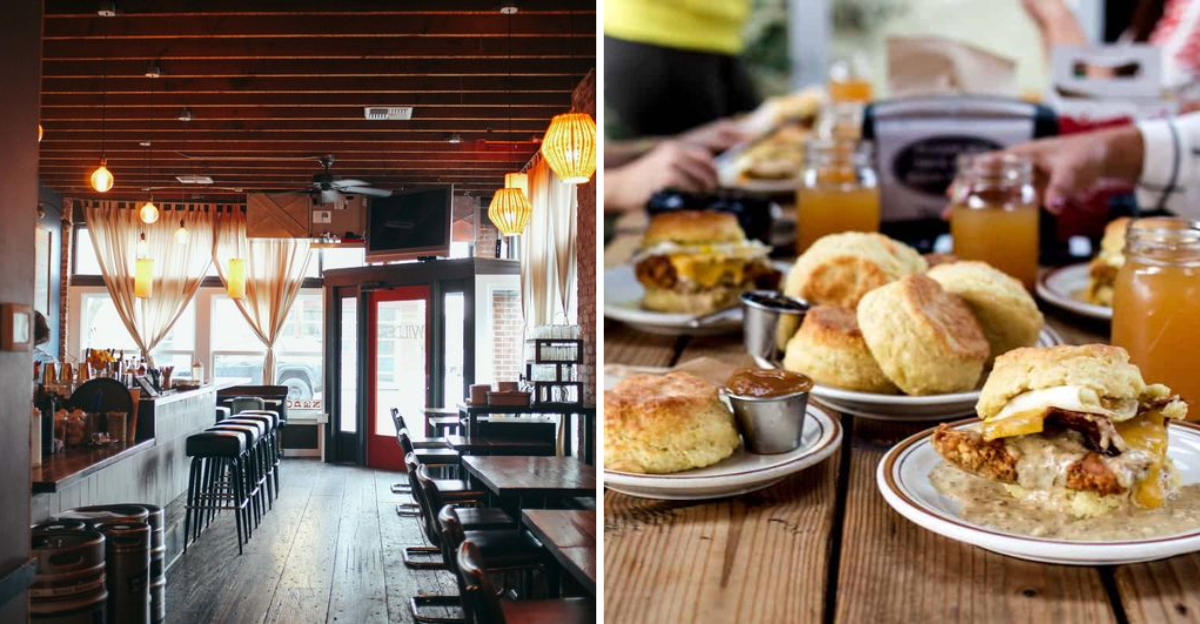20 Distinctly Florida Dishes That Don’t Exist Anywhere Else
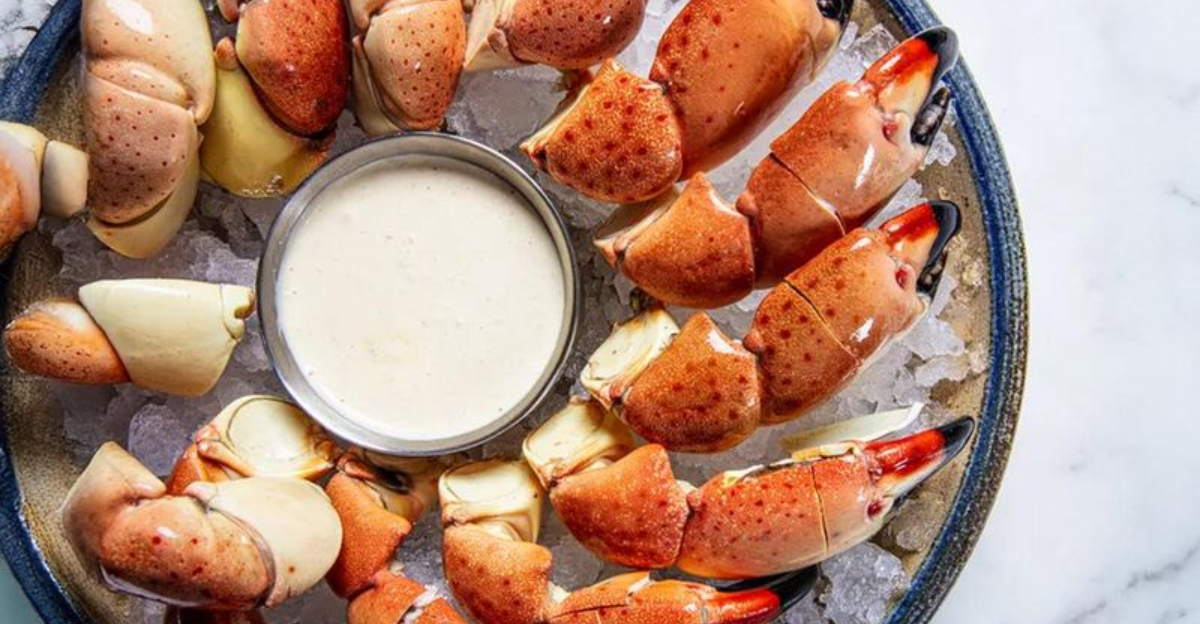
Florida’s unique geography and cultural melting pot have created food traditions you simply can’t find elsewhere.
From the Keys to the Panhandle, the Sunshine State boasts dishes influenced by Caribbean, Latin American, and Southern cooking, all featuring fresh local ingredients.
Grab your fork and discover these 20 uniquely Floridian creations that showcase the state’s culinary identity.
1. Key Lime Pie
Sweet yet tangy, authentic Key lime pie was born in the Florida Keys during the 1800s when fresh milk wasn’t available. Resourceful cooks combined condensed milk with tiny local Key limes and egg yolks.
The result? A custard-like filling with distinctive sour notes in a graham cracker crust. True Florida versions have a pale yellow color – never green! – and often feature meringue or whipped cream topping.
2. Tampa-Style Cuban Sandwich
Tampa’s version of the Cuban sandwich stands apart with one crucial ingredient: Genoa salami, added by Italian immigrants who worked alongside Cubans in Ybor City’s cigar factories.
Layers of ham, roast pork, Swiss cheese, pickles, and yellow mustard join the salami between Cuban bread that’s been brushed with butter and pressed flat.
The bread’s crispy exterior and perfect balance of flavors make this a true Florida treasure.
3. Conch Fritters
Golden-brown spheres of Caribbean influence, conch fritters showcase the chewy sea snail meat that once thrived in Florida waters. The conch is diced fine, mixed with bell peppers, onions, and spices, then coated in batter.
Dropped into hot oil, they emerge crispy outside, tender inside. Keys restaurants serve these savory bites with spicy dipping sauce.
Though conch is now imported, the fritters remain a quintessential Florida Keys experience.
4. Minorcan Clam Chowder
Unlike its creamy northern cousins, St. Augustine’s Minorcan clam chowder glows with a vibrant tomato-based broth. Its secret weapon? The fiery datil pepper, brought to Florida by Minorcan settlers in the 1700s.
These small orange peppers pack serious heat, balanced by tender clams and potatoes. The smoky-spicy profile creates a completely different chowder experience.
Local families pass down treasured recipes through generations, each claiming theirs is the most authentic version.
5. Grouper Sandwich
Florida’s signature fish sandwich features the mild, sweet flesh of locally-caught grouper. The thick white fillet might be grilled, blackened, or fried – each preparation has devoted fans along the Gulf Coast.
Nestled on a soft bun with lettuce, tomato, and tartar sauce, the fish remains the star.
Beachside joints compete for the title of best grouper sandwich, with locals debating whether lemon or hot sauce makes the perfect finishing touch.
6. Stone Crab Claws
Harvested sustainably by removing just one claw and returning the crab to the water to regenerate, stone crabs represent Florida’s seafood ingenuity.
The hard shells are cracked to reveal sweet, firm meat similar to lobster. Traditionally served chilled with mustard sauce, these delicacies command premium prices.
The fishery’s sustainable approach makes it one of Florida’s most environmentally-friendly seafood traditions.
7. Apalachicola Oysters
From the nutrient-rich waters where the Apalachicola River meets the Gulf, these oysters develop a unique flavor profile celebrated by seafood lovers.
Locals often enjoy them simply – raw with just a squeeze of lemon or splash of hot sauce. The oyster industry has sustained generations of Florida Panhandle families.
Environmental challenges have recently threatened harvests, making authentic Apalachicola oysters increasingly precious.
8. Swamp Cabbage
Florida crackers pioneered this dish using the tender heart of the sabal palm – Florida’s state tree. Harvesting requires cutting down the entire palm to extract the white core, making it a special occasion food.
Slow-simmered with salt pork or bacon, the mild-flavored hearts develop a tender texture similar to artichoke hearts.
Rural communities still celebrate this pioneer dish at festivals. The traditional preparation connects modern Floridians with their frontier heritage.
9. Smoked Mullet Dip
Humble mullet – once considered a fish for the poor – transforms into a coveted spread after being smoked over native oak or citrus wood. The flaked smoky fish gets mixed with mayo, cream cheese, and spices.
Spread thick on saltines or served with celery sticks, it’s a staple at waterfront gatherings. Old-timers insist mullet caught during cooler months tastes best.
This unpretentious appetizer connects Floridians to their fishing heritage and appears at family reunions statewide.
10. Fried Gator Tail
Once a survival food for Seminole tribes and early settlers, alligator meat has become a tourist attraction and local delicacy.
The tail meat – often described as tasting like a chicken-fish hybrid – has a firm texture perfect for frying.
Marinated to tenderize, then coated in seasoned flour or cornmeal, the nuggets turn golden-brown when fried. Restaurants serve them with remoulade or cocktail sauce.
11. Datil Pepper Hot Sauce
St. Augustine’s signature condiment packs serious heat with fruity undertones. The small yellow-orange datil pepper measures similar to habaneros on the Scoville scale but with a distinctive sweet-hot profile.
Family recipes vary, often including vinegar, tomatoes, and secret spice blends. Locals splash it on everything from eggs to oysters.
Datil pepper plants thrive in home gardens around St. Augustine, where families proudly share cuttings from plants that trace back generations.
12. Mayport Shrimp
From the historic fishing village near Jacksonville, Mayport shrimp earn their reputation through exceptional sweetness and firm texture.
The nutrient-rich waters where the St. Johns River meets the Atlantic create perfect conditions for these wild-caught treasures.
Simply prepared – boiled with Old Bay seasoning or lightly fried – lets their natural flavor shine. Local shrimpers still head out before dawn in wooden boats.
13. Lionfish Tacos
Turning an ecological threat into a culinary opportunity, Floridians created these tacos from invasive lionfish devastating native reef populations. The white, flaky meat tastes similar to snapper but slightly sweeter.
Typically blackened or fried, then topped with mango salsa or cabbage slaw in corn tortillas. Restaurants promoting lionfish dishes help conservation efforts by creating market demand.
Eating these beautifully plated tacos actually helps protect Florida’s fragile marine ecosystems.
14. Florida Spiny Lobster
Unlike their Maine cousins, Florida’s spiny lobsters lack large front claws but compensate with sweet, tender tail meat.
Their harvest season opens with a two-day recreational “mini-season” causing near-holiday excitement among locals.
The simplest preparation remains the most popular: split, grilled with butter and garlic. Keys restaurants serve them alongside drawn butter and lemon.
15. The Chug Burger
“Chug” refers to both the boat and the fishermen who pioneered this unique Keys creation. The patty combines ground beef with spicy chorizo, topped with grilled Key lime-marinated onions and Swiss cheese.
A special sauce featuring datil pepper adds distinctive Florida heat. Originally created to use leftover bait shrimp, modern versions might include a shrimp on top.
16. Cedar Key Clam Chowder
From the tiny Gulf Coast island community comes this distinctive chowder featuring locally farm-raised clams.
Unlike New England or Manhattan versions, Cedar Key’s take uses a light broth base – not too creamy, not too tomatoey.
Bell peppers, onions, and bacon provide aromatic foundation for the briny clams. The recipe won the Great Chowder Cook-Off in Newport, putting this small Florida town on the culinary map.
17. Hush Puppy Gator Nuggets
This clever fusion combines two Southern classics – crispy hush puppies and alligator tail meat.
Minced gator gets mixed directly into cornmeal batter with onions, peppers, and spices before being deep-fried into golden orbs.
The result delivers crispy exterior with a savory, slightly chewy center. Traditionally served with datil pepper aioli for dipping.
18. Mango Fish
During summer when mangoes hang heavy from South Florida trees, locals pair the sweet fruit with freshly-caught fish in this vibrant dish.
The fish – often snapper, mahi-mahi, or grouper – gets a light dusting of blackening spice before grilling.
Topped with salsa made from ripe mangoes, red onion, jalapeño, and cilantro. The sweet-spicy-savory combination perfectly represents Florida’s tropical flavors.
19. Royal Red Shrimp
Harvested from deep Atlantic waters off Florida’s east coast, these large, scarlet-hued shrimp taste remarkably like lobster.
Their natural sweetness and rich flavor come from living at depths of 1,200 feet or more.
Minimal seasoning works best – often just boiled with salt and served with drawn butter. The delicate meat has higher oil content than regular shrimp.
20. Datil Pepper Jelly
Sweet meets heat in this amber-colored St. Augustine specialty. The distinctive datil pepper provides serious spice tempered by sugar to create a complex condiment unlike typical pepper jellies.
Locals spread it over cream cheese with crackers or glaze grilled meats. The pepper’s fruity notes shine through the sweetness.
Family recipes are closely guarded secrets, with subtle differences in heat level and sweetness. This preserving tradition helps datil peppers last beyond their growing season.


